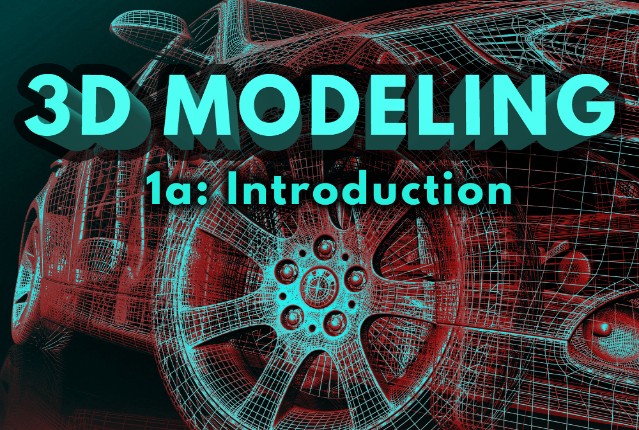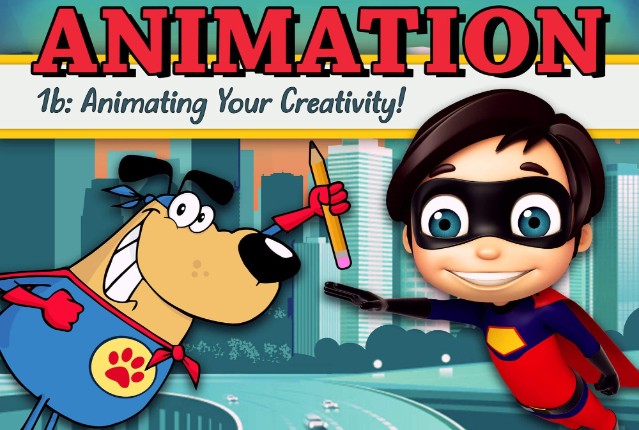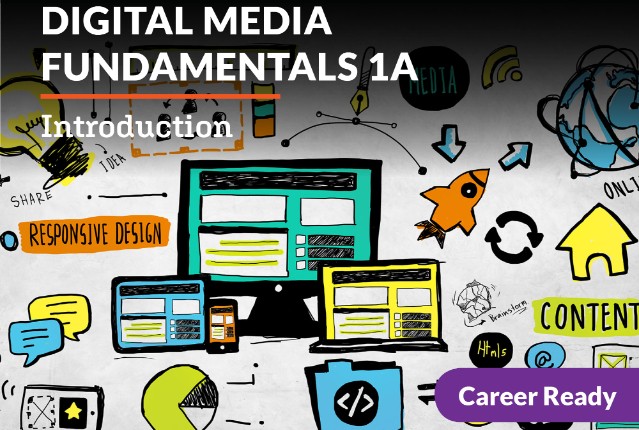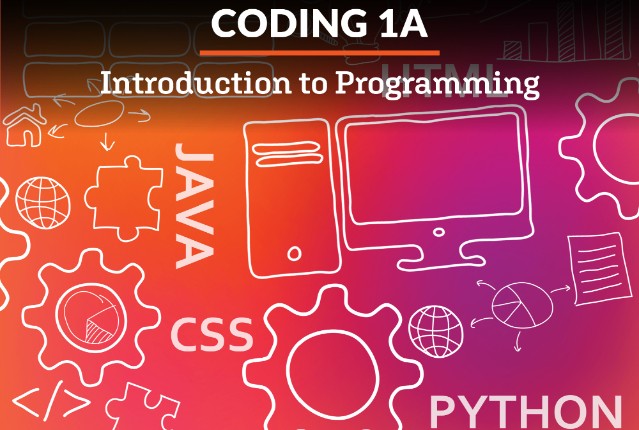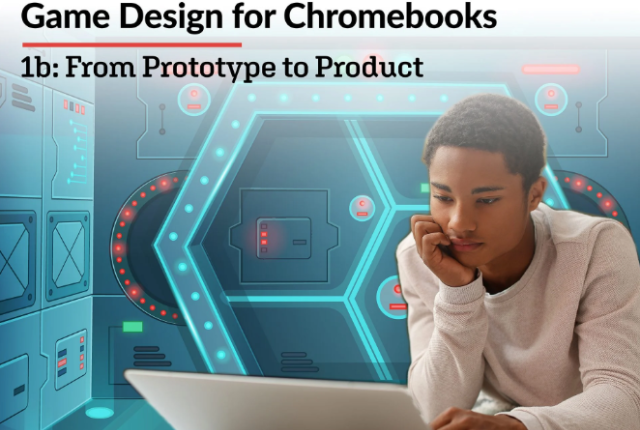
Game Design for Chromebooks 1b: From Prototype to Product
Powerup your design skills and add some complexity to your games! This course takes your MVP all the way through to release., You’ll dive deeper into techniques that enhance player immersion, ensuring your game keeps players engaged. Craft relatable characters, master animation techniques, and harness design principles to captivate players. Tailor gameplay experiences for diverse audiences and create challenging levels that hook and keep players. Explore smart marketing strategies and discover how to build a loyal fan base that gets people talking about your game. By the end of this course, you’ll have all the skills to to launch your game!
Review course outlineAccess for a year
USD 299.00*
* Choose more courses to get a discount
